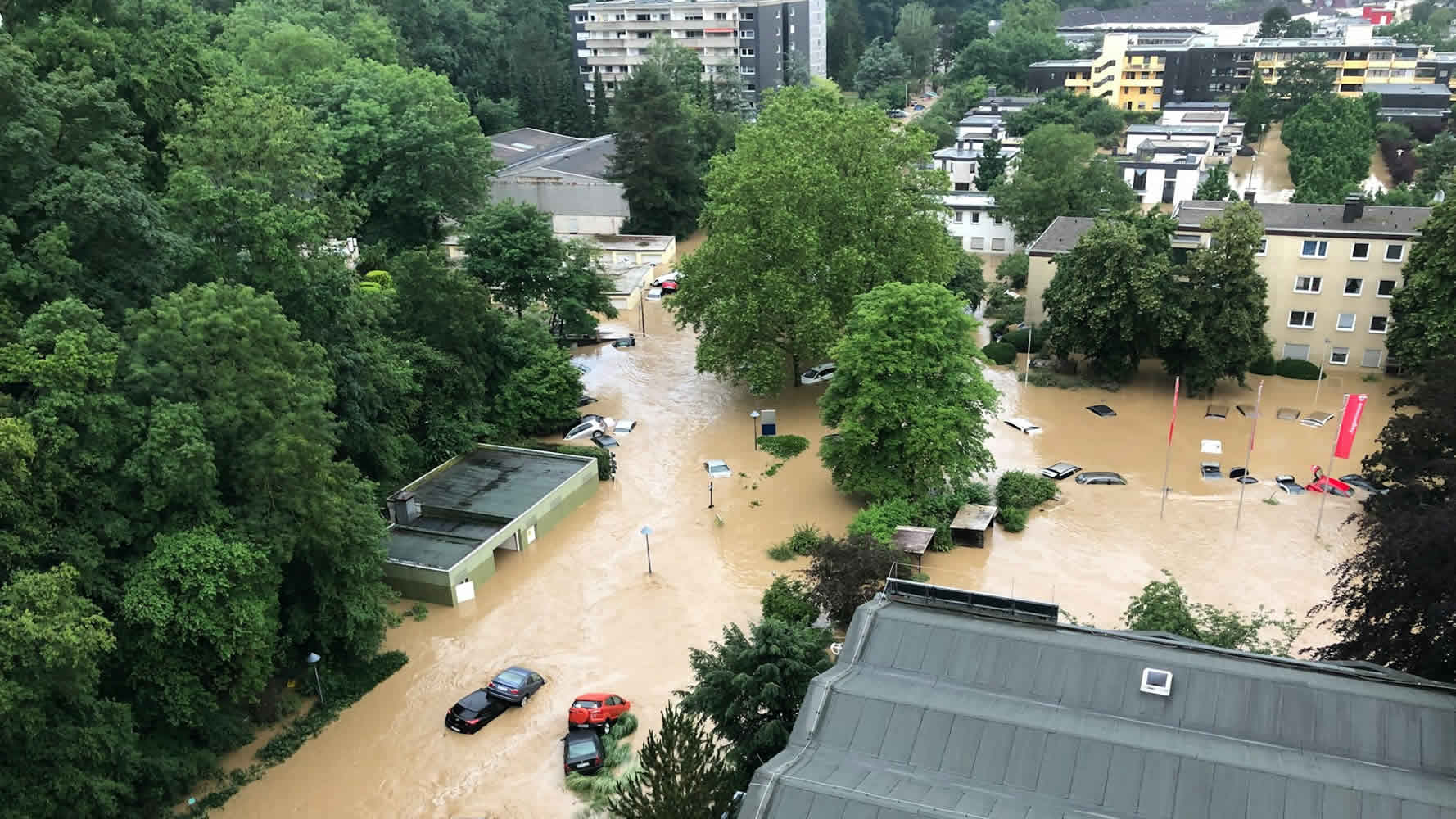Let’s face it – when water invades your home, it doesn’t just ruin carpets. It wrecks peace of mind. Whether caused by a burst pipe, flash flood, or one of those classic “it never rains but pours” moments, dealing with flood damage is more than just mopping up. That’s where flood restoration steps in.
In this guide, we’ll break down the flood restoration process – honestly, practically, and without the fluff. Whether you’re a homeowner trying to protect your family home or a landlord wanting to get tenants back in safely, this is your go-to starting point.
What Is Flood Restoration, Really?
Flood restoration isn’t just about drying out the house. It’s a multi-step process that involves:
- Assessing the full extent of damage
- Removing water and moisture
- Cleaning and disinfecting everything
- Repairing or rebuilding what’s necessary
It also includes preventing long-term issues like mould, rot, and structural damage. That’s why rushing or skipping steps can cost you far more in the long run.
First Steps: Don’t Panic, Prioritise Safety
Let’s be real – your instinct might be to jump in and start saving what you can. But before you grab a bucket and a sponge, hit pause and think safety first:
- Turn off electricity and gas if you haven’t already.
- Check for structural damage before entering heavily flooded rooms.
- Use protective gear – gloves, boots, even masks if there’s potential contamination.
Once it’s safe, document everything with photos or videos. This is crucial for your insurance claim and any eventual flood damage repair estimates.
The Full Flood Restoration Process (Step-by-Step)
1. Water Extraction
This part can get messy. Professionals use pumps and wet vacs to get rid of standing water fast. DIY methods work for small spills, but for several inches of water or more, you’ll want help from a water damage restoration service.
2. Structural Drying and Dehumidification
Here’s where it gets serious. Moisture hides behind walls, under floors, even in insulation. If it’s not removed quickly, mould and mildew creep in. Expect dehumidifiers, air movers, and regular moisture checks.
3. Cleaning and Sanitising
Floodwater isn’t just water. …

